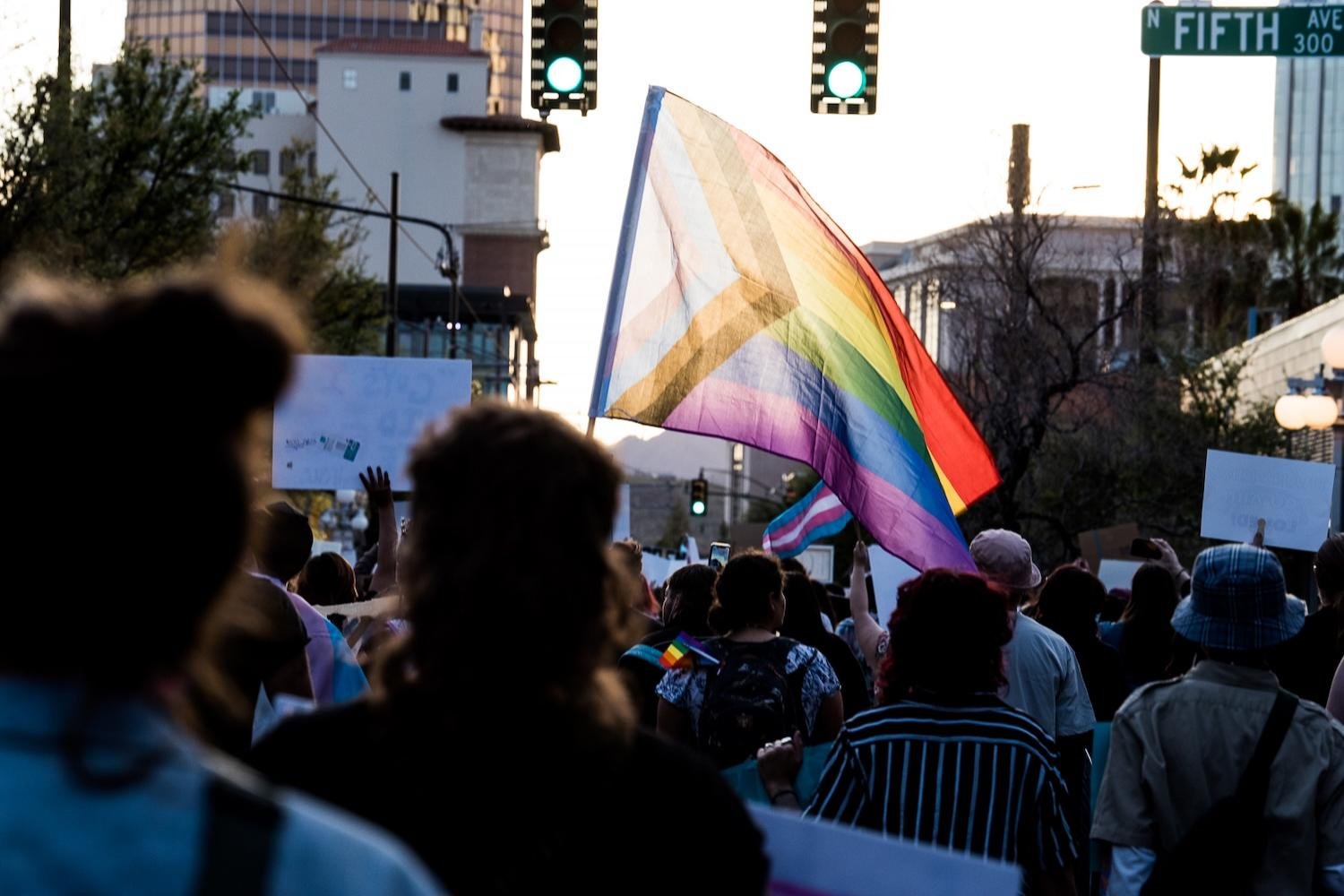family
The Evolution of ‘Coming Out’: From Hidden Codes to Bold Political Statements

The term “coming out” has evolved significantly over the years, branching beyond its original context within the gay community. Initially emerging in the late 19th and early 20th centuries, it was used by gay men to describe their entrance into a vibrant subculture, drawing inspiration from debutante balls where young women were formally introduced into high society. A notable example from 1931 references a “coming out” event at a local ball, signaling the link between these two social worlds.
However, the rise of backlash during the 1930s through 1950s prompted a shift. During this time, the gay community often adopted secrecy, and organizations like the Mattachine Society arose, emphasizing private acknowledgment of one’s identity among trusted circles rather than a public declaration.
In these earlier days, coded language helped identify individuals safely. Phrases like “a friend of Dorothy” acted as signals, ensuring safety in mixed company. Meanwhile, the term “gay,” once rooted in the slang of sex workers, transformed into a rallying cry following the Stonewall Rebellion of 1969, marking a pivotal moment in the LGBTQ rights movement.
The Stonewall Rebellion not only galvanized activism but also changed the meaning of coming out. Participants recognized that visibility was essential for civil rights, leading to the emergence of the phrase “closet” to connote secrecy and shame. By the 1970s, mainstream discussions expanded to include various forms of “closeting,” indicating a broader societal recognition of hidden identities.
Harvey Milk famously encouraged individuals to “Come Out, Come Out, Wherever You Are,” believing that visibility would foster solidarity and understanding. His campaign against a California ban on gay educators leveraged personal connections to disarm prejudice and advocate for rights effectively.
As the movement matured, coming out became a transformative rite of passage. The radical activism of the 1980s reinforced this narrative, emphasizing the importance of public declaration amidst rising opposition from conservative groups and the AIDS crisis. The phrase took on new urgency, becoming integral to LGBTQ identity and solidarity.
The 1990s saw further evolution with the group’s audacious actions. Queer Nation, for example, used provocative tactics to demand acknowledgment of LGBTQ individuals in broader social spaces, challenging societal norms in dynamic ways.
Today, coming out is a powerful framework not just for the LGBTQ community but for other social movements seeking recognition and acceptance. The principles of visibility and courage resonate with movements like fat acceptance and undocumented immigrant rights. They echo Milk’s sentiments, urging individuals to assert their identities boldly for meaningful societal change.
Activists continue to draw on the diverse meanings of coming out—embracing community, self-acceptance, and collective action—as paths toward equality. In doing so, they pave the way for future advocates across various struggles for justice.


















